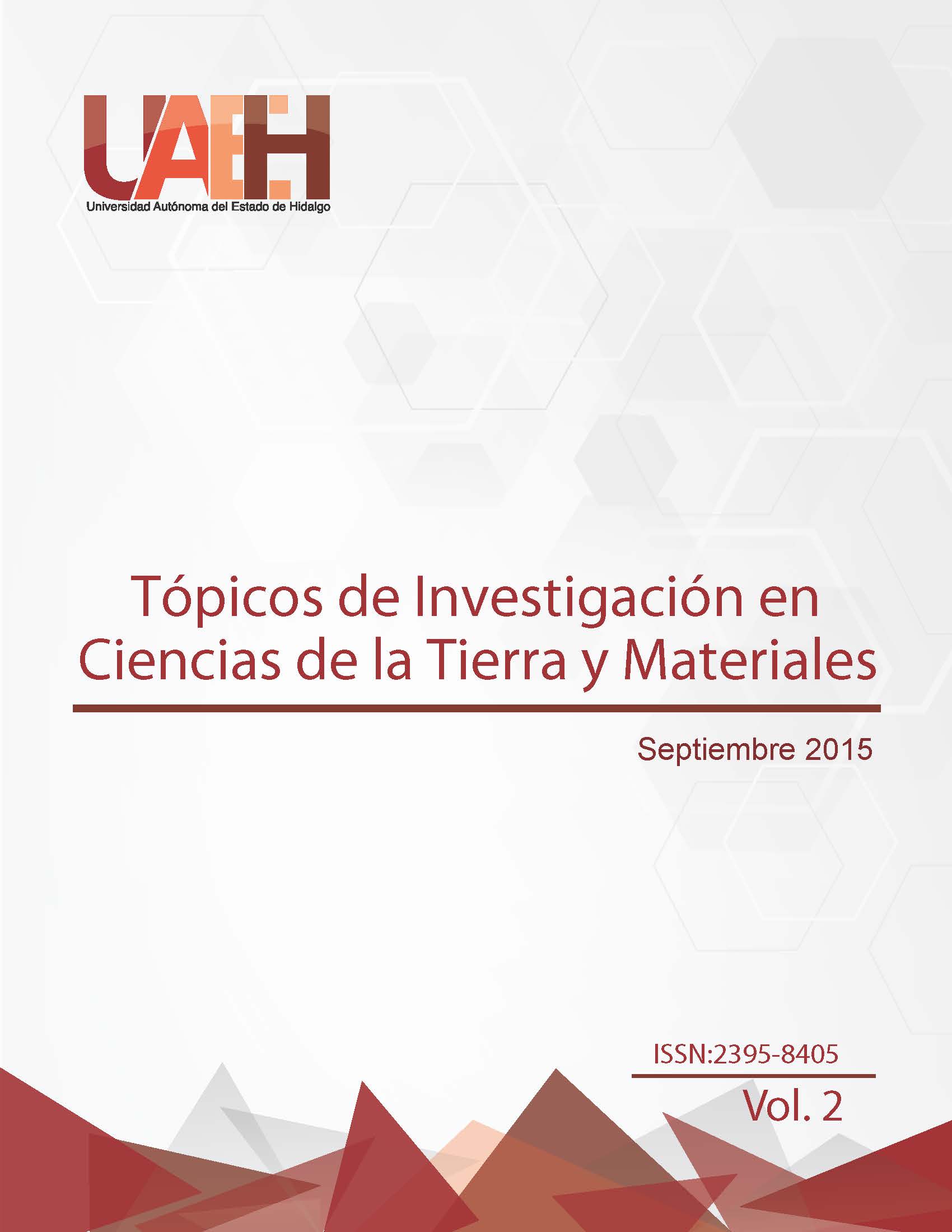First fruits in the geological interpretation of the Pachuca Real del Monte mining district
Abstract
Lithologic units of the Pachuca Real del Monte Mining District were detailed and systematically described in the early 1960s: in 1963, it was published the most remarkable work on this topic [1]. Since then, later authors have faced critical restrictions, such as closed shafts and tunnels and inoperative underground mines. Access to tunnels is vital for subsurface geological survey. Therefore, in the late 1950s it was possible to integrate rock samples, structural data, and integrate detailed underground geologic maps. On top of the above mentioned limitations, urban areas still under development and a number of outcrops have been obliterated. Many of the missing outcrops are critical to correlate rock units within the mining district. Consequently, nowadays geological mapping in this area is, somehow, cumbersome. In recent years, research efforts have been focused on the identification and description of brittle deformation in Sierra de Pachuca. As a result, a number of outcrops with subhorizontal fault planes have been identified indicating the occurrence of low angle regional thrust faults associated with compressional deformation. Commonly, the net displacement in low angle faults is distributed along discrete parallel planes instead of a single plane. The mapped planes in the study area are located within 2450 and 2700 m above sea level, suggesting that this set of sub parallel fault planes belong to a larger regional fault structure. Additionally, paralleling the faulted planes, horizons of tectonic breccias occur. These horizons are composed of angular lithic fragments, occasionally presenting puzzle structure, embedded in a poorly cemented fine grained groundmass. The lithic fragments belong to under and overlying rock units. The objective of this work is to present recent findings of the undergoing research project in Sierra de Pachuca, particularly, to show field evidence of the presence of thrust faulting in the area. Finally, the outreach of this research is to validate the working hypothesis of the presence of a regional thrust fault. If the hypothesis is true, then the actual stratigraphic interpretation will be significantly changed. Moreover, the new interpretation will constitute the foundation for detailed studies that will shed more light on the understanding of the genesis of this world-class mining district.
Downloads
References
2. SÁNCHES-ROJAS, LE, ARREEDONDO-MENDOZA, JA, CARDOSO-VÁZQUEZ, EA. Carta Geológico-Minera Pachuca, F14-D81, Escala 1:50,000, Estado de Hidalgo. 1998, Secretaría de Economía-Servicio Geológico Mexicano, Mapa Digital, Segunda Edición.
3. SÁNCHES-ROJAS, LE, ARREDONDO-MENDOZA, JA, CARDOSO-VÁZQUEZ, EA. Carta Geológico-Minera Pachuca, F14-D81, escala 1:50,000, Estado de Hidalgo. 2005, Secretaría de Economía-Servicio Geológico Mexicano, Texto Explicativo, 115 p.
4. ESCAMILLA-CASAS, JC, ORTIZ-HERNANDEZ, LE, BLANCO-PIÑÓN, A., CRUZ-CHÁVEZ, E., AMBORCIO-CRUZ, SP. Interpretación de la Cinemática de las Fallas Neo-Tectónicas Frágiles del Sector sureste de la Sierra de Pachuca. In VII Encuentro de Investigación del Área Académica de Ciencias de la Tierra y Materiales, 17-19 septiembre de 2014, Pachuca, Hgo. p.67-75. ISSN 2395-8405.
5. FRY, N. Random Point Distribution and Strain Measurements in Rocks, 1979, Tectonophysics, vol. 60, p. 89-105.
6. GEOFRYPLOTS, v. 3.1, Holcombre, RJ, Department of Earth Sciences – University of Queensland, Queensland, 4072, Australia, 2003.
7. PETIT, JP. “Criteria for the sense of movement on fault surfaces in brittle rocks”, Journal of Structural Geology, 1987, vol. 9, 5/6, pp. 597-608.
8. DOBLAS, M. “Slickenside kinematic indicators”, Tectonophysics, 1998, vol. 295, pp. 187-197.
9. ANGELIER J., MECHLER, P. “Sur un méthode graphique de recherche des contraintes principales egalment utilisable en tectonique et en seismologie: La methode des diedres droits”, Bulletin de la Société Géoogique de France, 1977, vol. 19, pp. 1309-1318.
10. ANGELIER J. From orientation to magnitudes in paleostress determinations using fault slip data. Journal of Structural Geology, 1989, vol. 11, 37-50.
11. MARRETT, RA, ALLMENDINGER, RW. Kinematic Analysis of Fault-Slip Data, Journal of Structural Geology, 1990, vol. 12, p. 973-986.
12. ALLMENDINGER, RW, CARDOSO, NC, FISCHER, D. Structural Geology Algorithms: Vectors & Tensors: Cambridge, England, University Press, 289pp.
13. FAULTKIN v. 7.4.1, Allmendinger, RW, Cornell University, New York, 2015.
14. PASSCHIER, C, TROUW, W, RUDOLPH, AJ. Microtectonics, Springer, 2nd edition, 2005, 366p. ISBN: 3540640037












